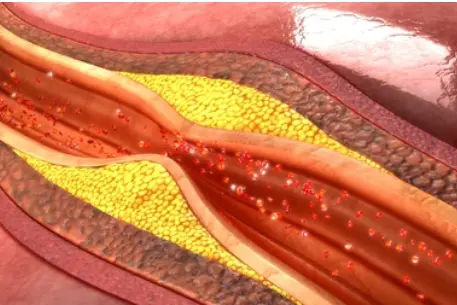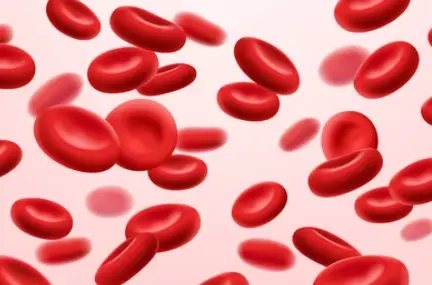 Welcome
Welcome
“May all be happy, may all be healed, may all be at peace and may no one ever suffer."
- A
- B
- C
- D
- E
- F
- G
- H
- I
- J
- K
- L
- M
- N
- O
- P
- Q
- R
- S
- T
- U
- V
- W
- X
- Y
- Z
Breast carcinoma - Generics
Breast carcinoma, also known as breast cancer, is a type of cancer that develops in the breast tissue. It is the most common cancer in women worldwide, but it can also affect men. Breast carcinoma can occur at any age, but it is more common in women over the age of 50.
There are several types of breast carcinoma, and the most common type is invasive ductal carcinoma. This type of cancer develops in the milk ducts of the breast and then invades surrounding tissue. Other types of breast carcinoma include invasive lobular carcinoma, which develops in the lobules of the breast, and inflammatory breast cancer, which is a rare but aggressive form of breast cancer.
Risk factors for breast carcinoma include:
- Age: Breast cancer risk increases as women get older.
- Gender: Breast cancer is more common in women than in men.
- Family history: Women with a family history of breast cancer have a higher risk of developing the disease.
- Hormonal factors: Women who started their menstrual periods at an early age or went through menopause at a later age are at a higher risk of developing breast cancer.
- Obesity: Postmenopausal women who are overweight or obese have a higher risk of developing breast cancer.
- Alcohol consumption: Women who consume alcohol regularly are at a higher risk of developing breast cancer.
Symptoms of breast carcinoma include:
- A lump or thickening in the breast or underarm.
- Changes in breast size or shape.
- Nipple discharge or inversion.
- Skin changes, such as redness, swelling, or dimpling.
- Breast pain or tenderness.
Breast carcinoma is usually diagnosed through a combination of physical examination, imaging tests, and biopsy. Treatment options for breast carcinoma depend on the stage of the cancer and the individual's overall health. Treatment options may include surgery, radiation therapy, chemotherapy, hormone therapy, and targeted therapy.
Regular breast cancer screening is important for early detection and treatment of breast carcinoma. The recommended screening method for women at average risk of breast cancer is a mammogram every one to two years starting at age 50. Women at higher risk of breast cancer may need to start screening at an earlier age and have more frequent screening or additional tests. Women should discuss their breast cancer risk factors and screening options with their healthcare provider to determine the best course of action.

Rotavirus diarrhea

Musculoskeletal pain

Pulmonary arterial hypert...

Dental bleeding

Itching

Diabetic foot ulcer

Meningococcemia

Metabolic alkalosis
Breast carcinoma, স্তন কার্সিনোমা
To be happy, beautiful, healthy, wealthy, hale and long-lived stay with DM3S.